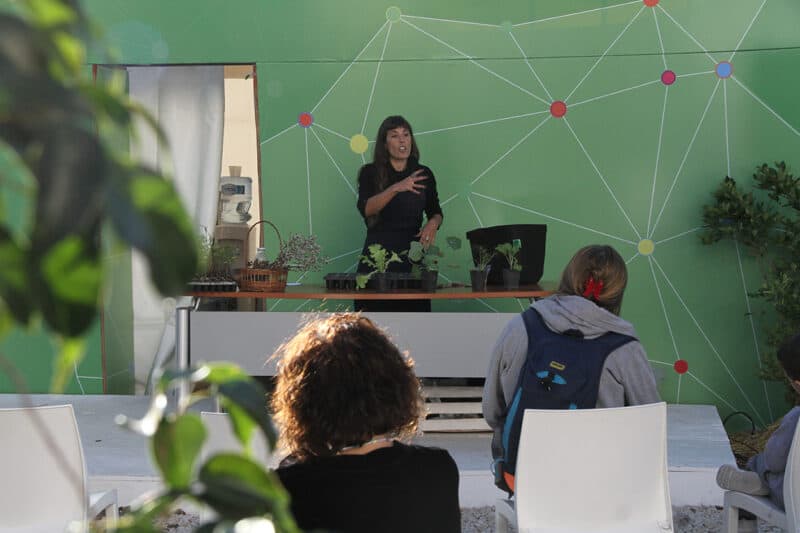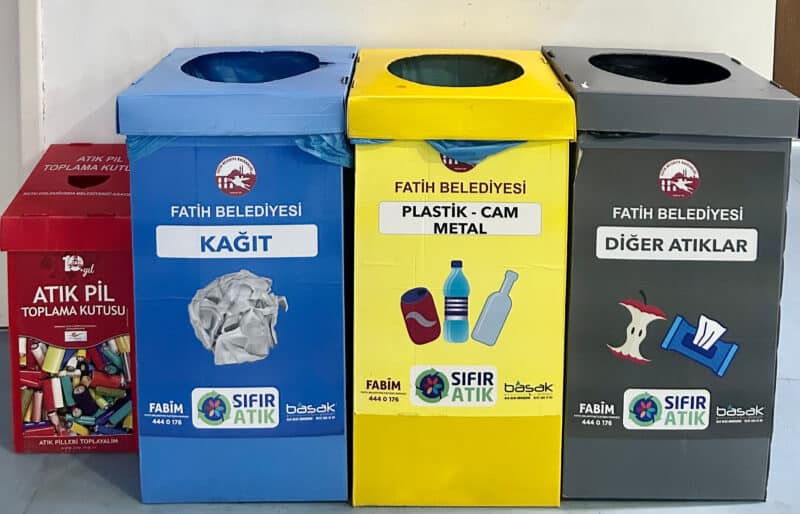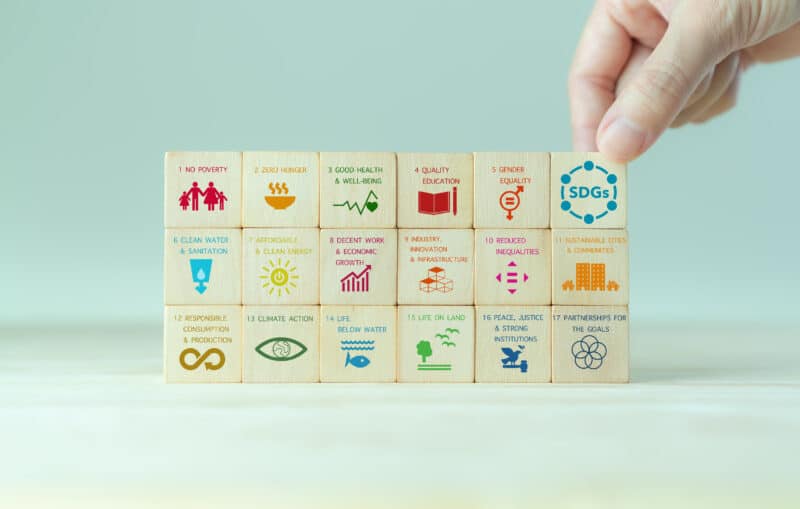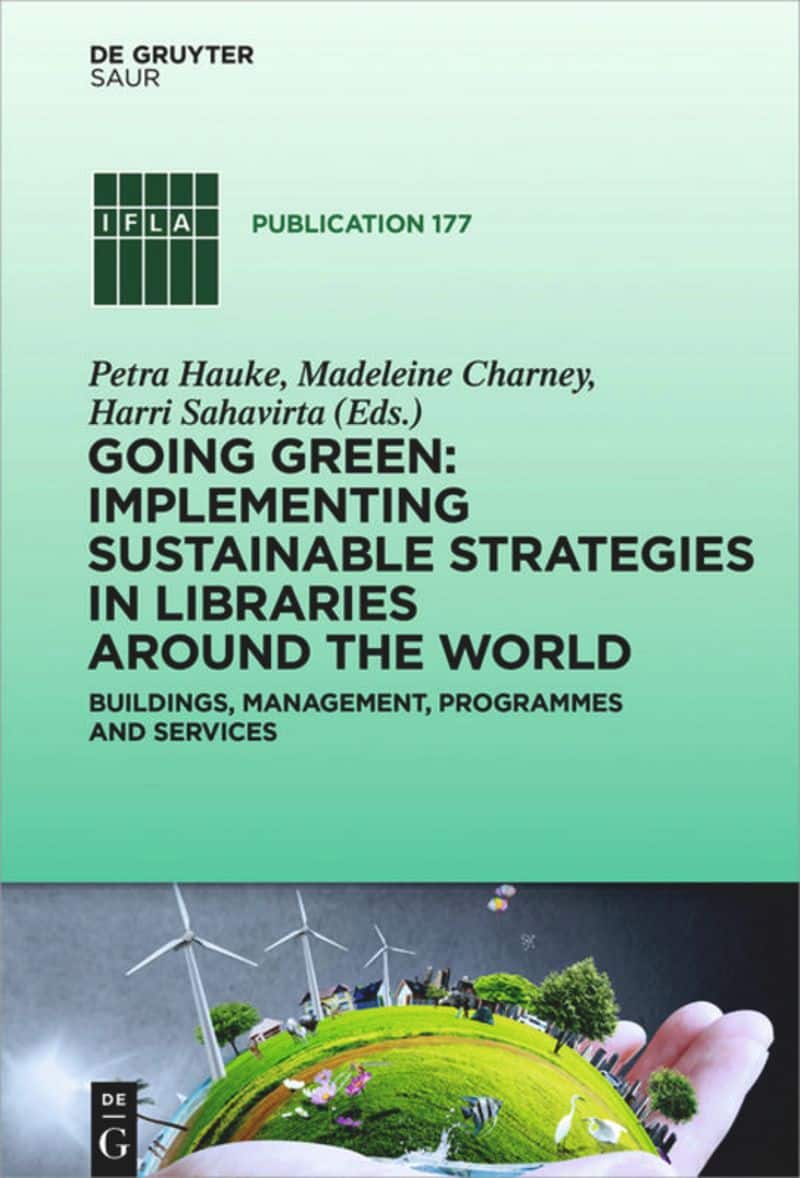6 Ways to Make Your Library Greener
Are you a librarian eager to contribute to a more sustainable world? We have some valuable tips and tricks to share with you!
This post is part of a series that provides think pieces and resources for academic librarians.
Libraries play a crucial role in fostering education and knowledge sharing within our communities. As the world embraces the importance of sustainability, it becomes imperative for libraries to join the green movement. By implementing eco-friendly practices, librarians can contribute to a healthier environment and inspire patrons to adopt sustainable habits. If you’re striving to create a more environmentally friendly library and are seeking tips to simplify the process, here are 6 ways to make it happen.
These suggestions are inspired by the recently released definition of a green and sustainable library by IFLA’s Environment, Sustainability and Libraries Section.
1. Use environmentally friendly equipment and infrastructure
When tendering for new materials and processes, take sustainability criteria and environment-related certificates into account. Select and use sustainable equipment and materials for your library, including eco-friendly computers, printers, e-book readers, furniture, air-conditioners, and other office supplies.

Develop sustainable building designs that incorporate various features, such as using roof space for green plants or solar energy, using rainwater for toilet flushing, considering low-maintenance construction practices, and installing a smart lighting system that operates on demand (including movement sensors, individual reading lighting, dimmer switches, etc.) Consider implementing electricity-generating bikes for readers.
2. Promote environmental literacy
Organize sustainable-themed events and programmes to engage the community. Host eco-friendly workshops, book clubs focused on environmental topics, and guest speakers who can educate and inspire patrons to lead greener lives. Consider partnering with local environmental organizations for collaborative initiatives.

3. Make your library collection and services digital-first
Switching from print to digital ebooks aligns with sustainable practices. By committing to a digital-first ethos and reducing the demand for paper and ink, libraries contribute to the conservation of natural resources and reduce their carbon footprint. This includes purchasing and developing in-house digital content (e-books, e-journals, images, videos, etc.), prioritizing digital content that is free of Digital Rights Management (DRM), and transforming the delivery of library services to hybrid or online methods.
4. Recycle and reuse materials
Install clearly labelled recycling stations throughout your library to encourage proper waste disposal. Promote the recycling of paper, aluminium cans, batteries, and electrical devices and components at convenient locations. Save resources by, for example, refurbishing furniture, initiating book exchange programmes, or printing and writing on both sides of paper.

5. Provide shared spaces, resources, and facilities
Introduce circular and shared economy practices for spaces such as discussion rooms, reading areas, or shared offices, as well as for expensive infrastructure or equipment like media labs, 3D printers, and music rooms. These should be promoted and made accessible to the community.
6. Commit to general environmental goals and programmes
Learn more about the role of libraries in achieving the Sustainable Development Goals in this interview with IFLA president Barbara Lison.
Get acquainted with important frameworks, like the UN Sustainability Development Goals (SDGs), the Paris Climate Agreement, the EU Eco-Management and Audit Scheme (EMAS), or ISO 14000, and implement their objectives whenever possible in your library’s operations.

We hope these 6 tips will prove useful to you and wish you the best of luck on your journey towards establishing a more sustainable library!
***
Event announcement: On 19 August, IFLA’s Environment, Sustainability and Libraries Section (ENSULIB) and Public Libraries Section (PLS) are hosting a Satellite Meeting on “Libraries as Actors of Climate Empowerment” at the Bibliotheek Midden-Brabant, LocHal (Tilburg, the Netherlands). You can check out the programme here.
Learn more in this related title from De Gruyter
[Title image by Pawel Czerwinski via Unsplash]
